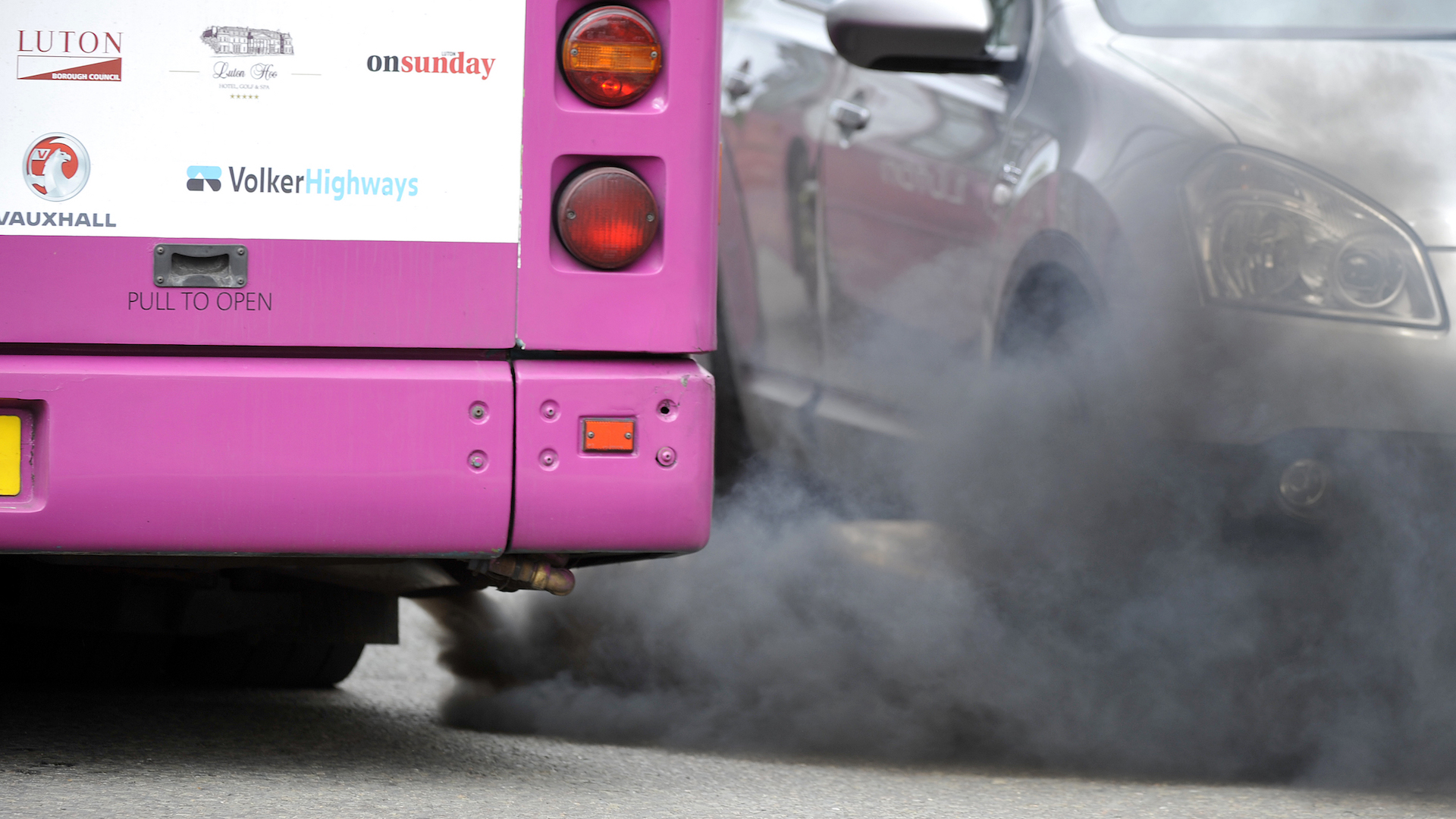

More and more countries are announcing long-term goals to ban vehicles powered by fossil fuels. France and Great Britain have both pledged to eliminate gas and diesel burners by 2040. Other countries have set even more aggressive goals. California Assemblymember Phil Ting intends to introduce legislation next month to add his state to that list, reports Automotive News.
“Until you set a deadline, nothing gets done,” Ting told Automotive News. “It’s responsible for us to set a deadline 23 years in advance.”
California has a long history of being a trendsetter when it comes to vehicle emissions. The state was the first to implement regular emissions testing in 1984. The California Air Resources Board (CARB) sets air pollution standards higher than the Environmental Protection Agency’s federal standards. Thirteen other highly populated states have followed California’s lead, effectively pushing auto manufacturers to build and sell cars meeting California’s higher standards nationwide. Indeed, CARB has already discussed the possibility of a future fossil-fueled vehicle ban after Governor Jerry Brown expressed interest.
California is the state to watch for future trends in zero-emission vehicles. Nine states had adopted CARB’s mandate to increase sales of zero-emission vehicles, according to Green Car Reports. These states, plus California, accounted for 28 percent of all new car registrations in the U.S. in 2015. That’s a mandate too large for auto manufacturers to ignore.
Ting’s bill, to be introduced when the state government reconvenes in Sacremento in January, is the first step of many that will have to be completed before the ban becomes law. But the fact that such legislation is being introduced anywhere in the U.S. is a strong sign that the internal combustion engine’s days are numbered here, as well as other parts of the world. North America’s size and wide open spaces present a unique challenge compared to the more densely populated countries of Europe and China, driving home the need for an effective infrastructure for cars not powered by fossil fuels.
Fortunately, we have 23 years to make these necessary changes before 2040. Consider that it has been 17 years since the first hybrid car, the Honda Insight, began production at the same factory that built the S2000 and NSX. Technology has improved by leaps and bounds since then. Hybrids are everywhere now. Fully electric cars have become not only practical but also desirable. As much as we may love the roar of the internal combustion engine, we may be seeing the beginning of the end, even here in the U.S.